
Hyundai’s landmark Ioniq 5 is here, albeit with some missing features found overseas.
The retro Korean crossover is currently one of the rarest EV models in Australia. Only 240 allocated units are on the road today – despite 400 units initially mooted by the local arm.
That’s set to change, though. Supply is set to increase soon with the next batch of stock expected in early 2022 for the two-model highly-specced models priced from $71,990 to $75,990 before on-road costs.
That puts it against premium rivals such as the Mercedes-Benz EQA and Volvo XC40 Recharge Pure Electric, plus Kia EV6 and Genesis GV60 siblings set to arrive in 2022.
However, Australian-spec Ioniq 5s currently miss out on a slew of features available overseas – not to mention cheaper models with less equipment.
“There’s a few little changes that have been talked about already spec-wise, so I think you’ll see something happen next year. At first it’s going to be minor for sure,” Hyundai Australia’s product development manager Tim Rodgers told CarExpert.
With confirmation that some missing equipment is on the way, what features are on the cards for 2022 (or 2023 model-year) Ioniq 5s Down Under?
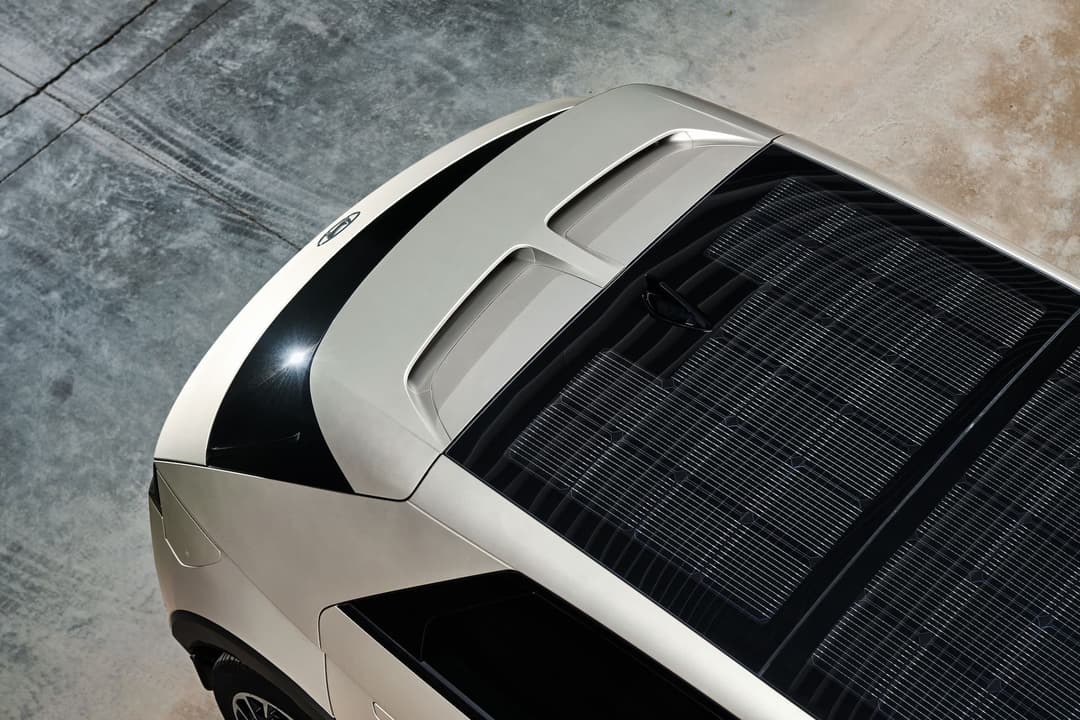
Solar roof
As one of the sunniest regions in the world, the Hyundai Ioniq 5s solar roof is apt for Australia.
In lieu of the panoramic sunroof on the top-spec model currently sold, the solar roof can charge the crossover EV at up to 205 watts (0.205 kW) for its high-voltage battery and prevent the 12V auxiliary battery from discharging completely.
Hyundai says it can charge the Ioniq 5 for an additional five to six kilometres of range per day (up to 2000km per year) when exposed to sunny environments like Spain or the south of France.
While its solar cells won’t completely recharge the retro EV (nor quickly), it complements its batteries with free energy and improves efficiency.
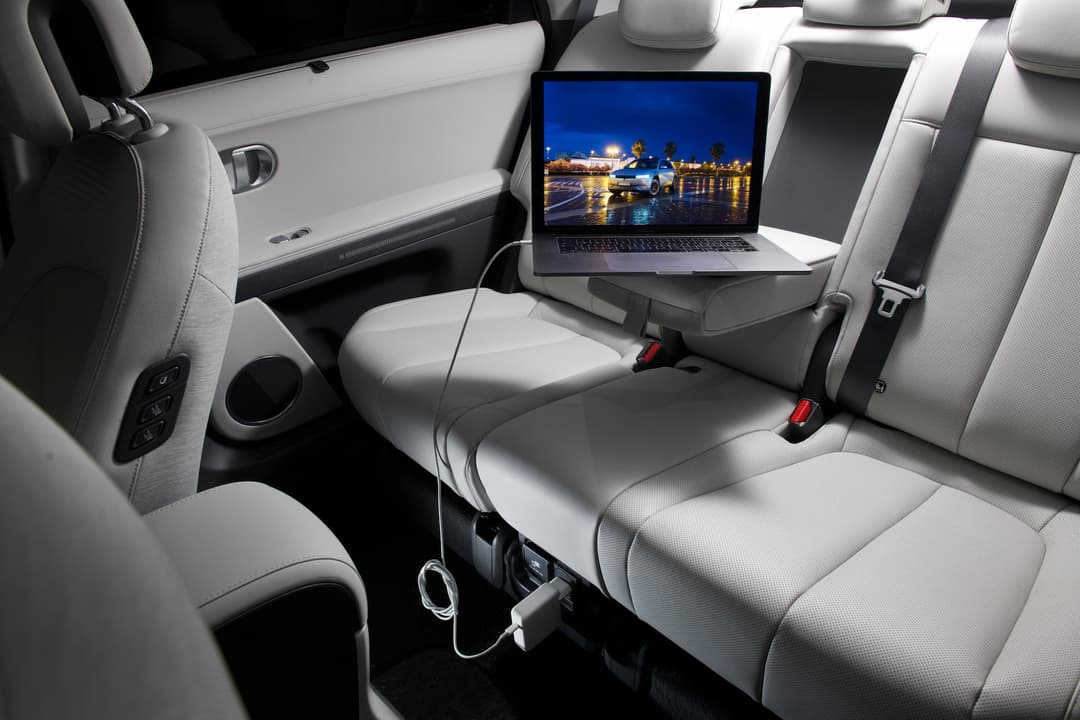
Interior V2L
Despite the current Australian-spec Ioniq 5 featuring vehicle-to-load (V2L) capabilities using the exterior CCS Combo rear charging port (via the included adapter), it lacks an interior three-prong plug.
The interior V2L plug can power anything at 3.6kW (250-volt, 16-amp) using alternate current (AC).
It's placed beneath the rear-row seats and can be locked/unlocked by inserting the key fob.
This enables passengers to charge their laptop or even use a coffee machine, without needing to be stuck outside the car.
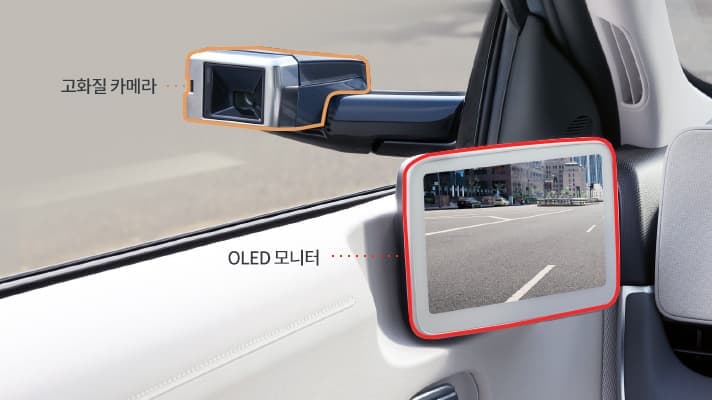
Camera-based mirrors
Following in the footsteps of the Europe-exclusive Honda e city car and Audi e-Tron SUV, some countries offer an optional Digital Side Mirror (DSM) for the Ioniq 5.
It replaces traditional wing mirrors with a camera-based system that’s shown to the driver via two independent OLED displays on each side of the interior.
With DSM, the camera protrudes less from the vehicle and is slimmer than a conventional mirror, which theoretically improves aerodynamics, air resistance and efficiency for longer range. That claim hasn’t been tested, though.
Additionally, it permanently displays a virtual red line on the DSM displays to better indicate where the rear-end of the Ioniq 5 is.
The camera lenses are also said to feature a water repellent coating.
However, current Australian-spec Ioniq 5s already include blind spot view monitor cameras, which shows a similar view to DSM, but is only displayed on the driver’s digital instrument cluster when the turn signals are on.
On another note, Korean models are also available with a built-in dash camera recording feature.
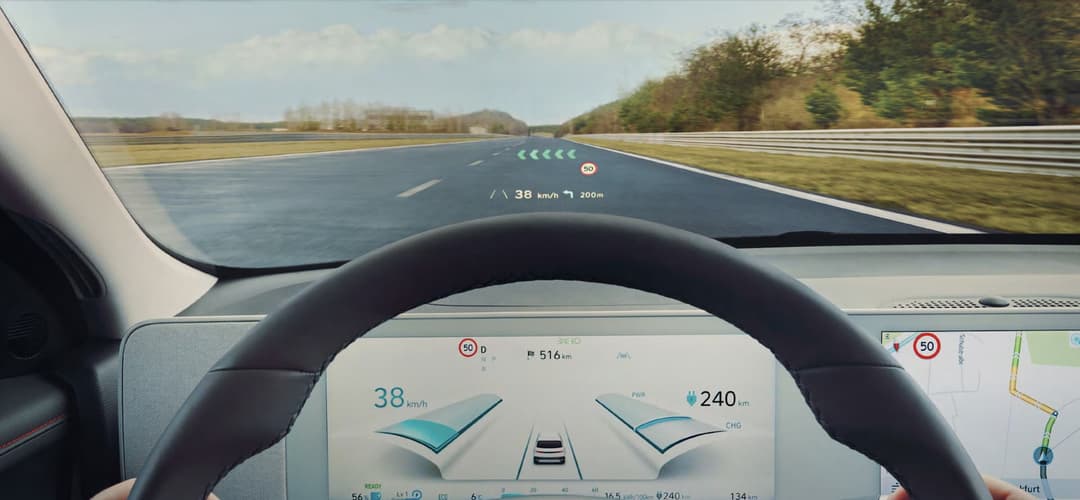
AR HUD
Despite its price tag north of $70,000, the Australian Ioniq 5 lacks any kind of head-up display (HUD).
Overseas variants debut Hyundai’s first HUD with augmented reality (AR) capabilities, which projects virtual graphics onto the road in real-time.
Three-dimensional direction arrows can be displayed to better present navigation directions, a virtual line can indicate the distance to the vehicle in front when adaptive cruise control is activated, and orange chevron arrows prompts drivers to stay in their lane with lane departure warning.
Hyundai isn’t the first company to feature an AR HUD, though. Volkswagen’s bespoke battery-electric ID.3 and ID.4 models debuted a similar system, ditto the Mercedes-Benz EQS.
Heat pump
The heat pump is arguably considered as an essential in any EV to improve its efficiency. However, while a sub-$60,000 (before on-road costs) entry-level Tesla Model 3 has it as standard, it is nowhere to be seen on the highly-specced Ioniq 5 Down Under.
Hyundai says its heat pump improves heating and cooling efficiency up to three times compared to traditional EV heaters and can reduce ultra-rapid charging times to 5 minutes for 100km of range.
When the climate control is set to warm, it uses thermal management by absorbing outside heat with two radiators and converts it into high-temperature, high-pressure air to heat the cabin. The heat pump also harvests waste heat from the electric motor and battery to better heat the cabin.
When the climate control is set to cool, it combines air and water-cooling mechanics to absorb heat and improve cooling performance for the air-conditioner.
Ultimately, the heat pump improves the EV’s efficiency and extends its range.
But, even in markets synonymous with cold climates like Europe and Britain, a heat pump is only offered as an option – and only on upper-spec trims – Ioniq 5 overseas.
Meanwhile, Korean models have the heat pump as standard on both standard range and long range variants (58kWh and 72.6kWh batteries respectively).
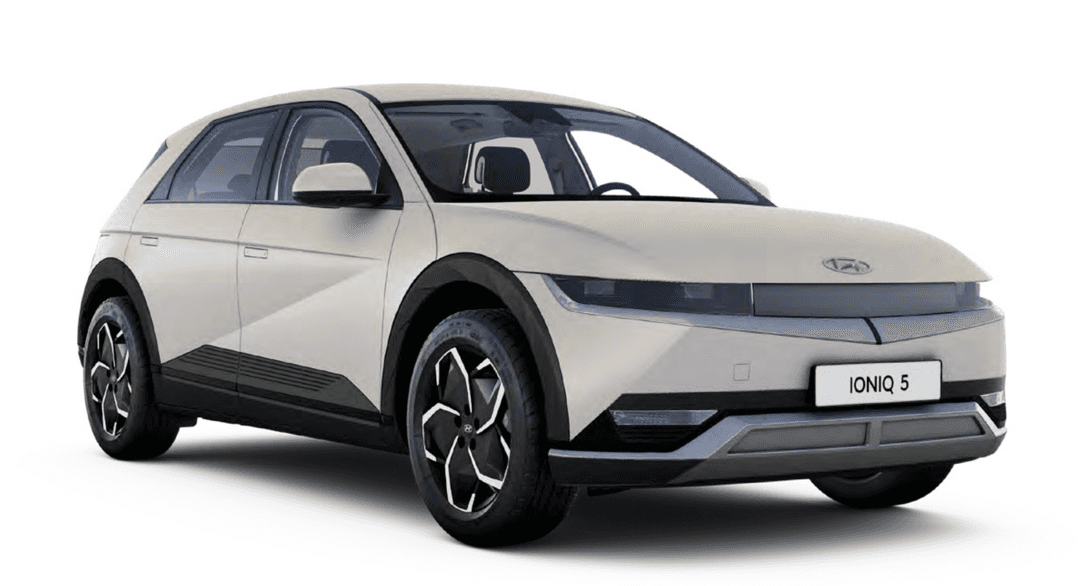
Smaller battery
While sibling company Kia will only sell the bigger 77.4kWh battery guise of its EV6 in Australia, Hyundai Australia has confirmed it’s working on bringing the shorter range 58kWh battery of the Ioniq 5 locally.
As opposed to the current long range 72.6kWh (usable) battery version, the standard range 58kWh (usable) pack has a claimed 400km range on the WLTP cycle on the two-wheel drive variant and 362km range on the all-wheel drive.
Acceleration is slightly slower than the larger battery with less power on tap and its maximum charging rate is slower at 175kW, though the standard range is more energy efficient.
If it does come Down Under, expect the model range to be similar to the current Hyundai Kona Electric comprising Standard Range and Extended Range options.
Importantly, it’ll undercut the $70,000 mark to rival the Tesla Model Y when it arrives in 2022.
It’s price tag would even be lower if the South Korean manufacturer exports the Ioniq 5 with less standard equipment, such as foregoing V2L, having smaller 19-inch alloy wheels, and cloth seats.
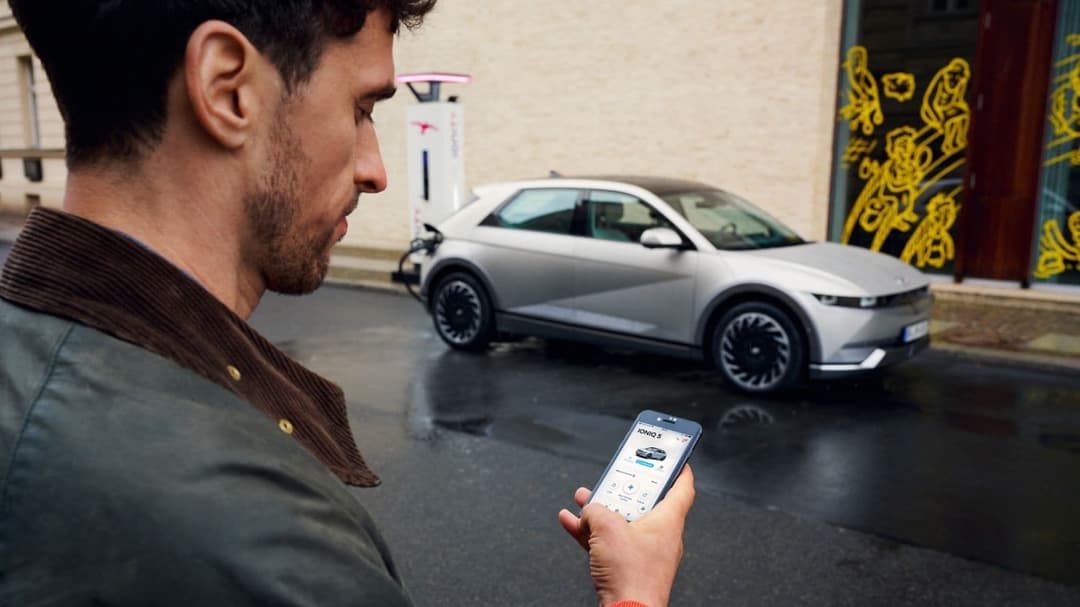
Bluelink
While Auto Link Premium was axed in mid-2020, it’s believed the Korean giant is working on bringing Hyundai Bluelink mobile app connectivity locally.
Already available in Europe and the USA, Bluelink has just been updated with a fresh interface design and more EV-dedicated features.
This includes functions like remote lock/unlock, climate pre-heating/pre-cooling, applying charging schedules, setting charging limits, and vehicle diagnostics like remaining battery range, live charging status, and tyre pressure monitoring.
If it does eventually come to Australia, it will need all vehicles to have cellular connectivity through a SIM card inserted inside the car.
This also enables over-the-air (OTA) software updates for the Ioniq 5 via the infotainment system.
This will give Hyundai a leg up against Tesla, Polestar, and BMW that already offer mobile connectivity, digital keys, and OTA updates on their EVs.
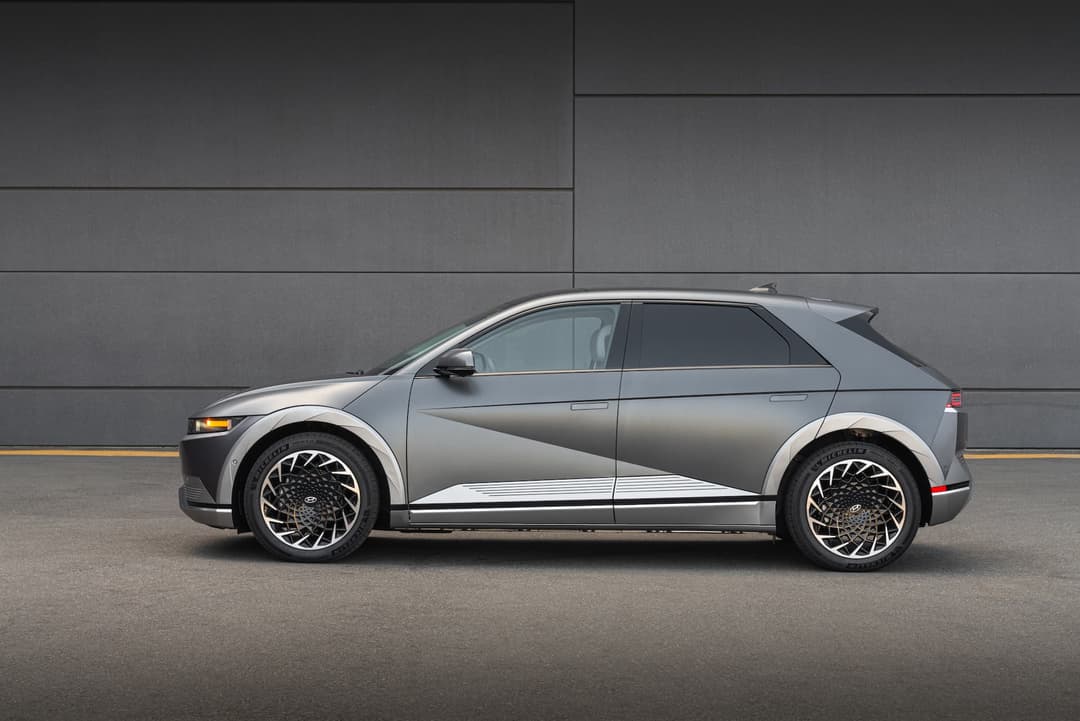
Pictured: Shooting Star Grey Matte
Exterior colours
While the current Australian-spec Ioniq 5 is already offered with six exterior colours and three interior guises (tied to the exterior colour), there are still a few colourways missing here.
This includes exterior colours – Mystic Olive-Green (pearl), Cyber Grey (metallic), and Shooting Star Grey (matte) – and the Terra Brown/Mud Grey interior, which is exclusive to its home market in South Korea.
Australians also can’t get an Ioniq 5 without the panoramic glass roof, let alone the solar roof.
Figures by Danny Thai
About the author
Stay up to date with the latest EV news
- Get the latest news and update
- New EV model releases
- Get money savings-deal

